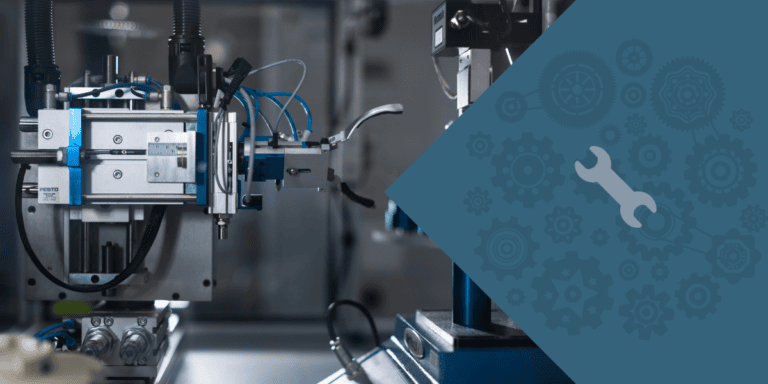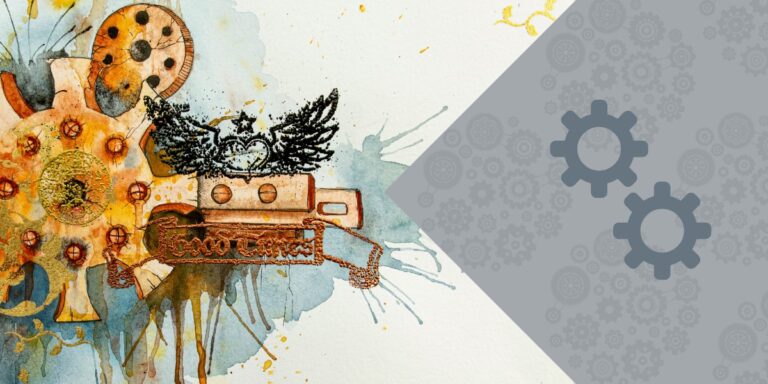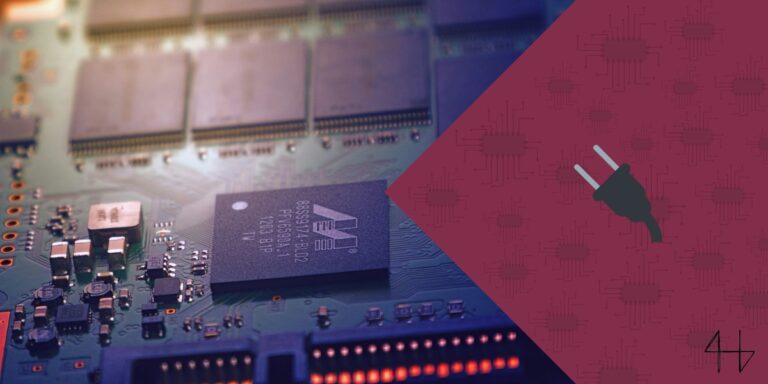We can all agree that screw gears are a bit complicated, and they don’t get any easier if we start mentioning those technical terms such as worm wheel, hypoid gears, and helix angle.
If you have ever tried to understand where these parts go in your machine, you know very well how much they can mess up your mind. You might also be thinking, “What’s the variation of these gears, and how does one pick the right one?”
In this article, we will explore these arguments and elucidate them in the plainest terms possible. Whether you are seeing gears for the first time or trying to advance your gear focused knowledge, in this case, I will explain the uniqueness of each gear and the effects of some specific parameters like a helix angle on the performance of the gear.
Finally you won’t have only a working understanding of the concepts but also the practical knowledge to make better choices in regards to your projects in a much easier manner.
What is a screw gear?
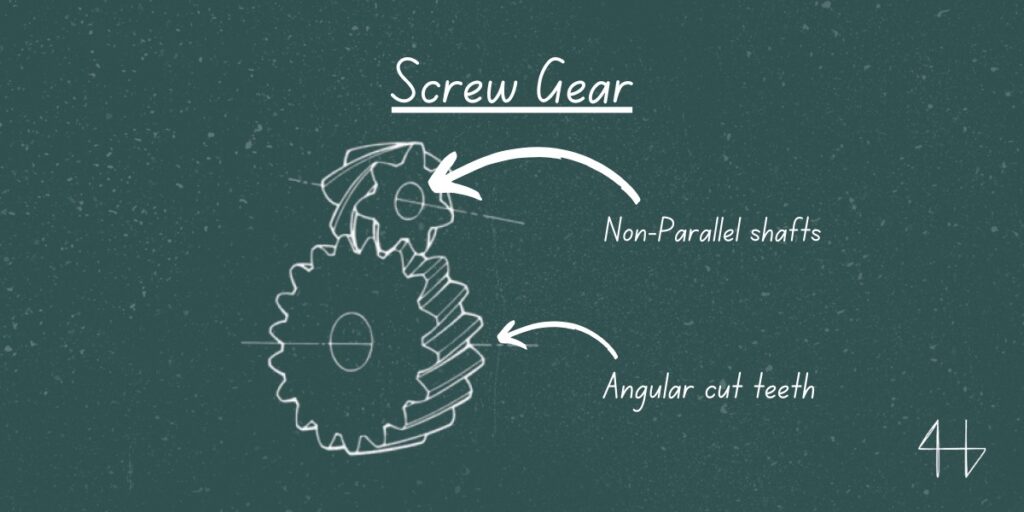
Screw gears are sometimes referred to as crossed helical gears and these are specially designed gears ‘crossed helical gears’ to enable a power transmission to take place between two shafts that are not in line with each other.
Their distinctive design consists of disc-shaped bodies with a row of radial teeth which are oriented at an inclination such as right or left handed helix configuration. The arrangement of screw gears makes it possible for them to perform when the shafts are offset whether the shafts are parallel to each other or slightly skewed parallel.
Unlike standard gears that rely on sliding contact, screw gears generate rolling friction between their surfaces, which helps reduce wear and tear while ensuring smoother motion.
This unique combination of slanted teeth and rolling friction makes screw gears highly effective in machinery needing precise, reliable power transfer at various angles.
Working Principle
Screw gears work by meshing their helical teeth, which meet at a specific contact point to transfer motion and torque between shafts.
The helix angle, which is the angle at which the teeth are cut relative to the gear axis, plays a crucial role in this process. The direction of rotation and whether the gears are of the same or opposite hand (right or left) affects how the gears transmit motion.
If both gears have the same helix direction, they are suited for transmitting motion between skewed shafts.
However, using screw gears with opposite-handed helices allows for power transfer between parallel shafts. This unique capability to connect both parallel and non-parallel shafts makes screw gears versatile in machinery where space constraints or unusual layouts are a factor.
How to Identify Screw Gears
To identify a screw gear, look for these defining characteristics:
- Helical Teeth: The slanted teeth wrap around the gear, forming a helix that enables rolling friction and smooth engagement.
- Disc Shape: Screw gears are generally flat with a disc-like appearance.
- Hand of Helix: Each screw gear is designated as either right-hand (R) or left-hand (L) helix, which is essential for pairing gears correctly.
- Pitch and Pressure Angle: These parameters need to match with other gears to ensure compatibility and proper tooth contact.
- Offset Shafts: Unlike typical gears, screw gears are intended for situations where shafts are not aligned in a straight line, supporting unique machinery configurations.
When to Use a Screw Gear
Screw gears are ideal for applications needing power transmission and rotational movement across non-intersecting shafts.
They are commonly used when a design requires power transfer between offset shafts that cannot be aligned directly, making them popular in compact machinery or systems with unusual spatial layouts.
Screw gears provide an efficient way to maintain torque and movement when shaft alignment isn’t possible, making them a go-to choice for specialized equipment in industries like automotive, robotics, and aerospace.
Screw Gears vs. Worm Gears
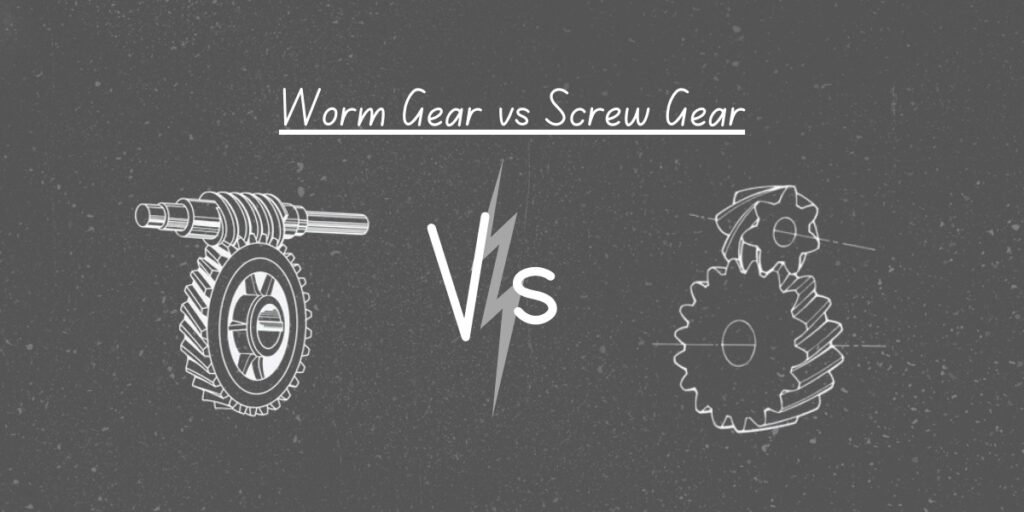
Although screw gears and worm gears both transmit motion between shafts, they differ significantly in configuration, efficiency, and application:
- Configuration: Screw gears are used for non-parallel shafts, while worm gears are specifically designed for perpendicular (90-degree) shafts.
- Efficiency: Screw gears generally have higher efficiency due to reduced friction, allowing smoother motion and less wear over time. Worm gears, in contrast, can suffer from friction losses, especially under high loads.
- Load Capacity: Screw gears work best in light-to-medium load situations, where efficiency and low friction are prioritized. Worm gears, however, are suitable for heavy-load applications, although they may require more maintenance to handle the wear and friction on the worm.
Manufacturing a Screw Gear
Manufacturing screw gears requires specific materials and precision due to the demands of rolling contact and friction reduction.
Typically, manufacturers use hardened steel or alloys for durability, especially when the gear must handle continuous rotation under moderate to high loads. The gears are carefully cut to create the desired helix angle and tooth shape, and then paired to match shaft alignment specifications.
Testing for proper tooth alignment, pressure angle, and helix orientation ensures that the final product meets performance and durability standards necessary for transmission efficiency in its intended application.
Aplications of screw gear
Robotics and Precision Machinery
In robotics, screw gears are often used to drive motion in arms, joints, and rotating components.
Their ability to transmit rotational movement between offset shafts combined with their high movement accuracy makes them perfect for robotic designs where parts need to rotate smoothly within compact spaces.
The low rolling friction characteristic of screw gears ensures quiet, precise movements, essential for tasks like picking and placing small items or performing repetitive motions in factory automation.
Additionally, because screw gears can handle moderate loads without losing efficiency, they’re ideal for the controlled, exacting motion that robots require to operate accurately and safely.
Automotive Steering Systems
Screw gears play a key role in some steering systems, particularly those with variable steering angles.
In these fascinating mechanical objects, they enable power transmission between components that are not in direct alignment, helping achieve a smooth, controlled response when the driver turns the wheel.
Their compact size and versatility make screw gears easy to fit into the limited space available in a car’s steering assembly.
Since screw gears operate with minimal noise and friction, they provide a responsive feel that enhances the driver’s control, creating a smoother, quieter, and more reliable steering experience.
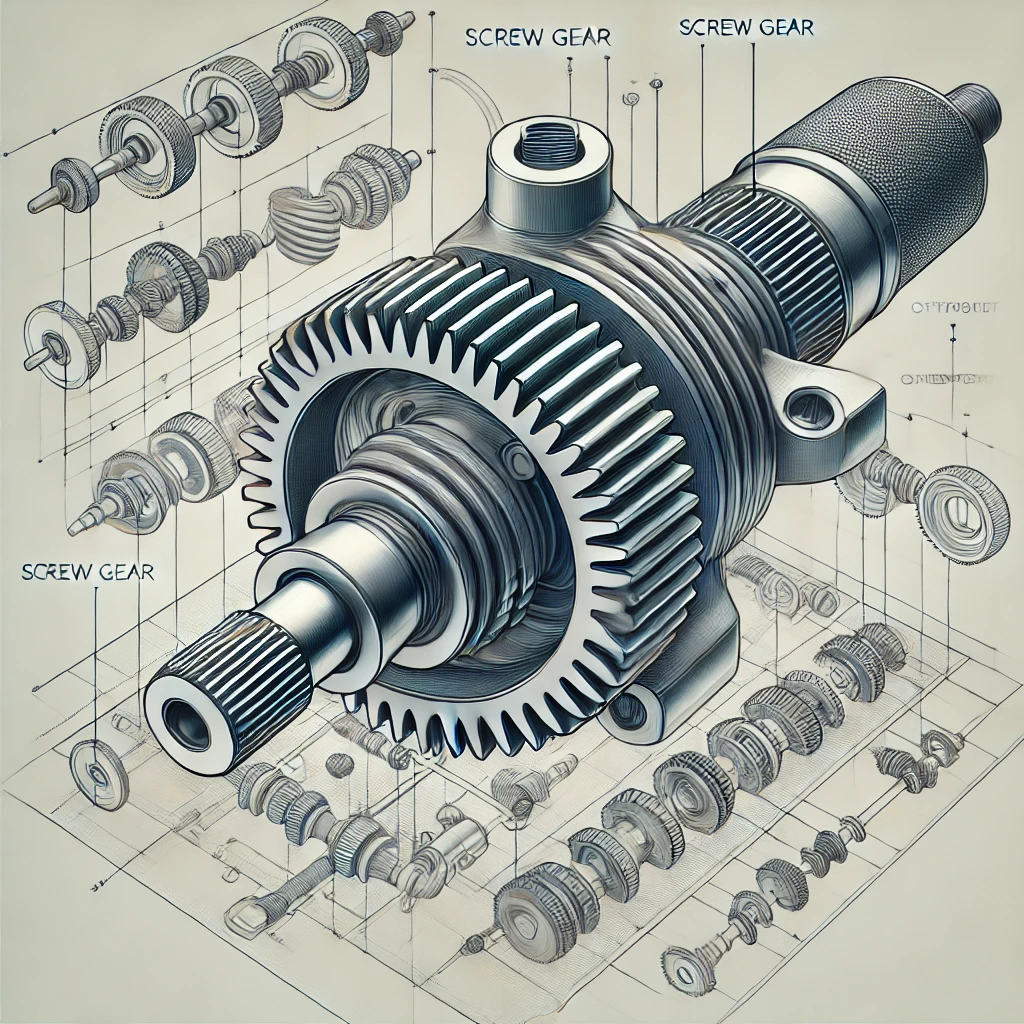
Aerospace Control Systems
Aerospace control systems, including flap and rudder controls, often use screw gears to manage rotational forces between non-parallel shafts under high-stress conditions.
In these systems, components must function reliably under extreme conditions, like high altitudes and temperature fluctuations. Screw gears’ ability to handle moderate loads with low friction make them suitable for these demanding applications.
Their compact design also allows engineers to integrate them into tight spaces within the aircraft, contributing to a lighter and more streamlined structure without compromising performance or safety.
Advantages and Disadvantages of screw gear
Here are some of the advantages and disadvantages of screw gears:
Advantages
Disadvantages
Limitations of Screw Gears
- Speed Limitations: Screw gears are not ideal for high-speed applications because they generate significant heat at high speeds, which can impact efficiency and cause wear over time.
- Load Capacity: Although screw gears can offer high torque multiplication, their load capacity is generally lower than that of other types of gears, making them less suitable for heavy-duty applications.
- Backlash: Screw gears can experience noticeable backlash, which may reduce accuracy and be problematic in applications requiring precise positioning.
- Material Constraints: Typically, the worm is made from a harder material than the gear to reduce wear, which restricts material options and can increase manufacturing costs.
- Maintenance Needs: To ensure smooth operation and extend the lifespan of screw gears, regular lubrication is essential, adding to maintenance requirements.
Wrapping up
??In summary, screw gears are a powerful yet versatile component in machinery, especially in applications where compact design and precise power transmission are essential.
From robotics to automotive steering systems and aerospace controls, screw gears provide a reliable solution for transferring rotational movement between offset or non-parallel shafts with minimal friction and noise. Understanding key terms like helix angle, rolling friction, and the distinctions between screw gears and similar gears like worm gears helps you choose the right configuration for specific needs.
With their unique capabilities and efficiency, screw gears are a critical part of modern engineering, enhancing the performance, durability, and control in countless applications.
FAQs

What angle is a screw gear?
A screw gear’s angle, known as the helix angle, typically ranges between 15 and 45 degrees. This angle affects how the gears mesh and transmit motion.
The helix angle must be chosen carefully, as it impacts efficiency, load capacity, and the smoothness of rotational movement between shafts.
What is a lead screw gear?
A lead screw gear, often called a lead screw, is a threaded shaft that converts rotational motion into linear motion.
Unlike standard screw gears, lead screws are commonly used in machinery for precise positioning, like in CNC machines or 3D printers, where they drive sliding or linear movements instead of rotation.
How does a screw mechanism work?
A screw mechanism transfers force by engaging angled threads or teeth. As one gear or threaded shaft rotates, it pushes against the other, either rotating it (in gear applications) or creating linear movement (in lead screws). This controlled force transfer is ideal for precise positioning or skewed shaft configurations.




